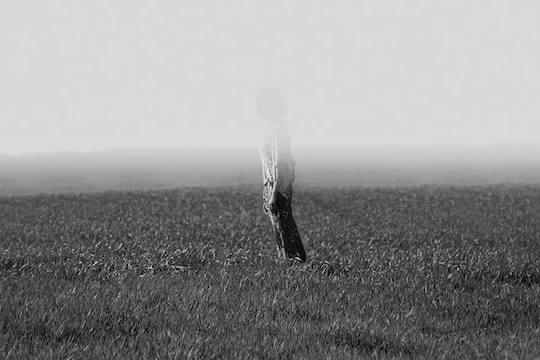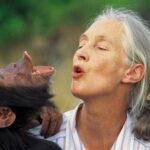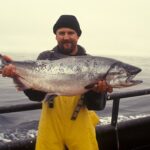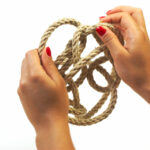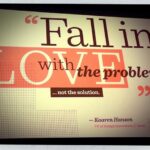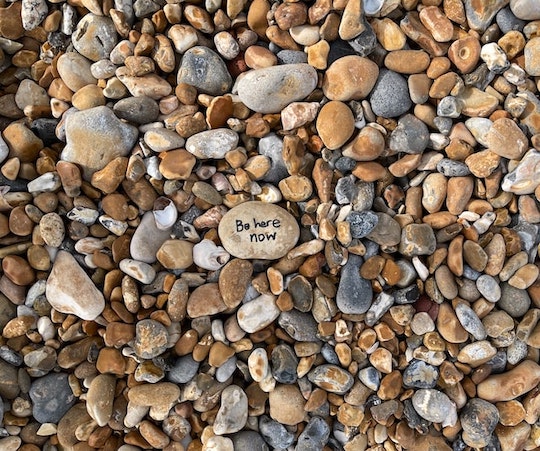How good are you at finding silver linings and blessings in disguise?
—Calm App Reflection
Most people are familiar with the phrase “Seek and Ye Shall Find.”
Since childhood, playing games like hide and seek, peek-a-boo, and scavenger hunts have been ways to find people and things we consider interesting.
As the years roll by, what we tend to look for narrows. We seek pleasure, amusement, and fun, and we definitely do our best to avoid the distasteful and difficult. Over the years, how have you looked at the ups and downs of life for insights and lessons learned?
EXERCISE:
Where have you been blind to finding the silver linings and blessings that were disguised in some of the challenges you’ve faced?
How might greater reflection about your past and a deeper look at present and future events guide you toward a more fulfilling life?

